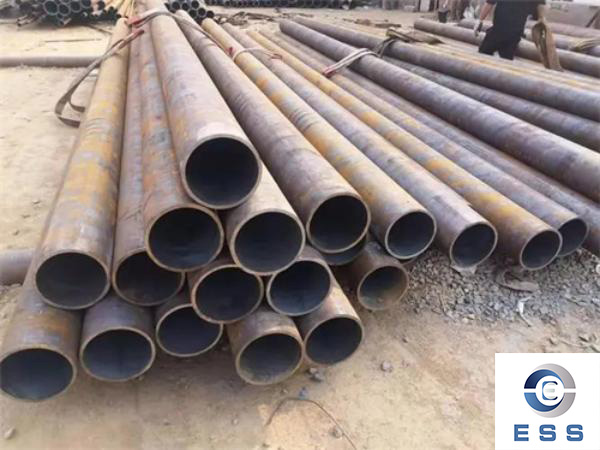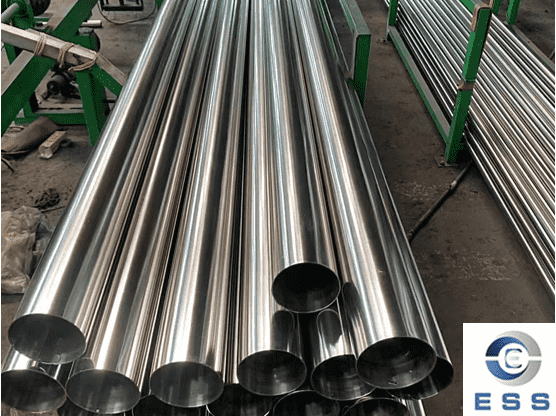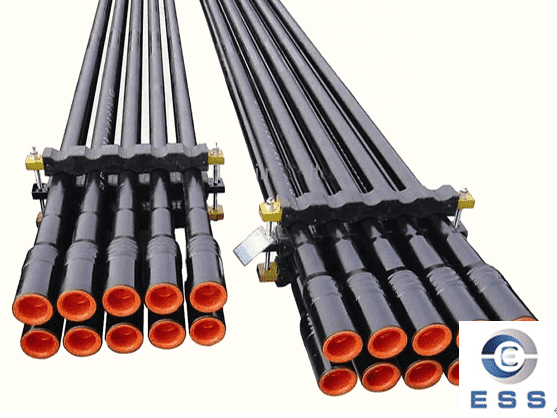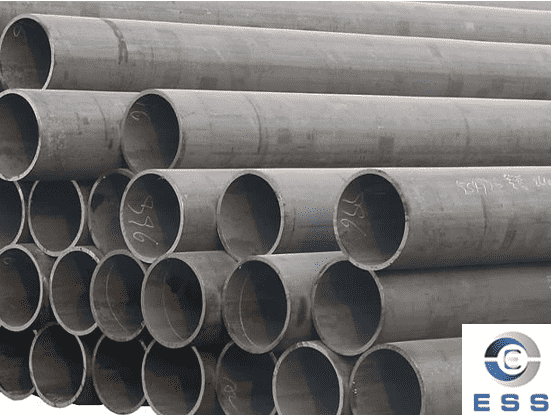According to the standard GB/T 3077-2008, the chemical composition of 40Cr seamless steel pipe includes C 0.37~0.44%, Si 0.17~0.37%, Mn 0.50~0.80%, Cr 0.80~1.10% and Ni≤0.30%. In terms of mechanical properties, the tensile strength of 40Cr seamless steel pipe is ≧980MPa, the yield point is ≧785MPa, the elongation after fracture is ≧9%, the area shrinkage is ≧45%, the impact absorbed energy is ≧47J, and the Brinell hardness (HBS100 /3000) is ≦207 in the annealing or high temperature tempering state.

The steel grades corresponding to 40Cr seamless steel pipe include my country's GB standard 40Cr, German DIN standard material number 1.17035/1.7045, German DIN standard steel number 41Cr4/42Gr4, British EN standard steel number 18, British BS standard steel number 41Cr4, French AFNOR standard Steel number 42C4, French NF standard steel number 38Cr4/41Cr4, Italian UNI standard steel number 41Cr4, Belgian NBN standard steel number 42Cr4, Swedish SS standard steel number 2245, American AISI/SAE/ASTM standard steel number 5140, Japanese JIS standard steel number SCr440(H)/SCr440 and International Organization for Standardization ISO standard steel number 41Cr4.
In terms of heat treatment, the first quenching heating temperature of 40Cr seamless steel pipe is 850°C, and the coolant is oil; the tempering heating temperature is 520°C, and the coolant is water or oil. The critical point temperature (approximate value) is Acm=780℃. The standard normalizing temperature is 850~870℃, and the hardness is 179~229HBS. The standard temperature for softening treatment of cold-pressed blanks is 740~760°C, the holding time is 4~6h, and then the temperature is cooled to ≤600°C at a cooling rate of 5~10°C/h, and the blank is air-cooled after being released. The hardness before treatment is ≤217HBS, and the hardness after softening is ≤163HBS.
[Quenching and tempering treatment specifications] This product adopts strict process specifications of quenching temperature 850℃ ±10℃, oil cooling; tempering temperature 520℃±10℃, water, oil and air cooling, ensuring the quality stability and reliability of the product.
[Characteristics] This product belongs to medium carbon modulated steel and cold heading mold steel. It is moderately priced and easy to process. It can obtain certain toughness, plasticity and wear resistance after appropriate heat treatment. Normalizing can promote tissue spheroidization and improve the cutting performance of blanks with a hardness less than 160HBS. Tempered at a temperature of 550~570℃, the steel has the best comprehensive mechanical properties. The hardenability of this steel is higher than that of 45 steel, and it is suitable for surface hardening treatments such as high-frequency quenching and flame quenching.
[Use] This product is suitable for manufacturing mechanical parts that bear medium loads and work at medium speeds, such as steering knuckles, rear axles of automobiles, and gears, shafts, worms, splined shafts, center sleeves, etc. on machine tools; After quenching and tempering at medium temperature, it is suitable for manufacturing parts that bear high load, impact and medium speed operation, such as gears, spindles, oil pump rotors, slides, collars, etc.; after quenching and tempering at low temperature, it is suitable for manufacturing parts that bear heavy loads. , low impact and wear-resistant parts with a physical thickness of less than 25mm on the cross-section, such as worms, spindles, shafts, collars, etc.; after quenching and tempering and high-frequency surface quenching, they are suitable for manufacturing with high surface hardness and wear resistance Parts that are durable and have no great impact, such as gears, sleeves, shafts, spindles, crankshafts, spindles, and pins.
Read more: Din en 10220 seamless steel pipes













 Eastern Steel Manufacturing Co.,Ltd not only improve product production and sales services, but also provide additional value-added services. As long as you need, we can complete your specific needs together.
Eastern Steel Manufacturing Co.,Ltd not only improve product production and sales services, but also provide additional value-added services. As long as you need, we can complete your specific needs together.










